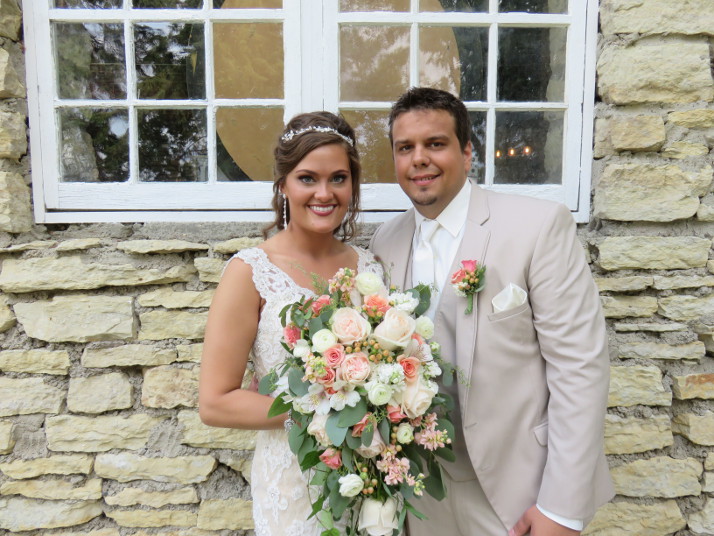Ceremony Programs – A Personalization Tool
Ceremony Programs are an oft debated topic: Do we need them? Do we want them? What should be on them? What should they look like? As with most questions encountered when planning your wedding there are no right or wrong answers, only the right and wrong answers for you. So let me share some thoughts on ceremony programs.
Ceremony programs have traditionally been used to guide guests through the wedding ceremony and to identify members of your wedding party. And they can be as simple as that. But they can also include much more information and even serve multiple purposes. For example, you can include a thank you to parents or a remembrance of grandparents who have died. You can also share directions or schedule information such as, “Guests are invited to proceed directly from the ceremony to social hour at the Stone Barn.”
Beyond simple information sharing, ceremony programs provide an opportunity for more personalization. I’ve seen programs formatted as newspapers with brief columns on the couples’ history and activities. Mini-bios on your wedding party allow your guests to understand the history you share. If you really want to have fun with your program, consider reserving one side for Mad Libs or a crossword puzzle based on the two of you.
And finally, your ceremony programs can serve multiple purposes. Printed on heavy paper and mounted on a stick, they become fans to help keep your guests comfortable. Attach a packet of seeds to the ceremony programs and they deliver your favors to your guests. And if you are marrying at the height of summer, you can tie your ceremony programs to bottles of water. Your guests will appreciate the thoughtful gesture.
While ceremony programs are an optional part of your wedding day, if you choose to have one, consider investing a bit of time and creativity to make it memorable and personal.

